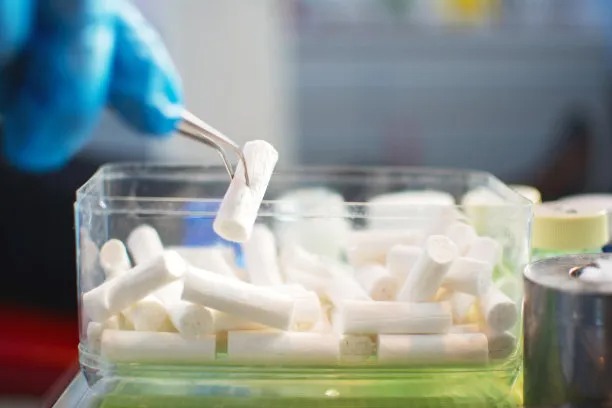The Essential Guide to Extracting a Tooth Safely at Home and What to Expect During the Recovery Process
Summary: Extracting a tooth at home can be a daunting prospect, but with the right knowledge and careful preparation, it can be done safely. This guide provides essential information on how to prepare for a tooth extraction, the steps to follow during the extraction process, tips for ensuring a safe recovery, and what to expect as you heal. The emphasis is on understanding the risks, having the right tools, and knowing when professional help is necessary. Armed with this information, you can approach tooth extraction with increased confidence while prioritizing your health and safety.
1. Preparing for a Tooth Extraction at Home

Before considering a tooth extraction, its crucial to assess whether you are in a suitable condition to proceed. First, determine the state of the tooth; is it visibly decayed, loose, or painful? If the tooth has a significant infection or damage, seeking professional dental care should be your priority. Home extractions are often safest for teeth that are already loose or showing signs of falling out.
Gathering the right tools is essential before you start. A pair of sterile gauze pads, dental floss, a clean pair of gloves, and a pair of pliers or tweezers specifically designed for dental use are crucial. It’s also wise to have an antiseptic solution nearby to clean the area and tools before the extraction.
Finally, setting up a comfortable environment for the procedure can help ease anxiety. Choose a well-lit, clean space where you can sit or lie down easily. Ensuring you have someone present to assist or to help manage any complications that may arise can significantly enhance the safety of your extraction experience.
2. Steps for a Safe Tooth Extraction
The extraction process itself involves several steps that need careful attention. Start by rinsing your mouth with warm salt water to minimize bacteria around the extraction site. This helps to reduce the risk of infection. After rinsing, numb the area around the tooth by applying an over-the-counter topical anesthetic to make the procedure more comfortable.
Next, confidently grip the tooth with the dental pliers or tweezers. Rock the tooth gently back and forth to loosen it further. Once the tooth feels sufficiently loose, applying steady, gentle pressure can help pull it out without breaking it.
It’s important to take your time and avoid rushing through the process. If there’s significant resistance, stop and reconsider—consulting a dental professional might be the safest option at that point to avoid damaging surrounding teeth or gums.
3. Ensuring a Safe Recovery Process
After successfully extracting the tooth, managing the recovery process is vital for reducing pain and preventing complications. Start by bite down gently on gauze to help control bleeding for about 30 minutes, swapping it out with fresh gauze if necessary. Keeping your head elevated can also help minimize swelling during the initial recovery phase.
For the first 24 hours post-extraction, avoid rinsing your mouth vigorously, drinking through straws, or consuming hot foods or beverages. These activities can disturb the clot forming in the extraction site, leading to increased bleeding or a painful condition known as dry socket.
Hydration and a soft-food diet can aid in healing. Consuming foods like yogurt, applesauce, and mashed potatoes will help you avoid aggravating the extraction site. Over-the-counter pain relievers can also manage discomfort effectively, but consult a healthcare provider if your pain persists or worsens.
4. Recognizing When to Seek Professional Help
Even with careful planning and execution, home tooth extraction can lead to complications requiring professional assistance. Key signs that you might need to see a dentist include persistent or severe pain not alleviated by medication, excessive bleeding that doesn’t diminish, or signs of infection such as fever or swelling.
Its important to trust your instincts; if something seems amiss, seeking help from a dental professional can prevent further complications and may save your oral health. Remember, a dentist has the tools and expertise to manage tooth extractions safely and effectively.
Additionally, if you encounter any unusual symptoms such as numbness in the lips or tongue, it’s advisable to consult with a healthcare provider promptly—these could indicate nerve damage or other serious issues arising from the extraction.
Summary:
Navigating the process of extracting a tooth at home requires careful preparation, execution, and post-operative care to minimize risks and ensure a smooth recovery. Understanding both when to proceed and when to seek professional assistance is critical for safeguarding your health. With this essential guide, you can approach the situation more confidently, knowing what steps to take for safe tooth extraction and healing.
This article is compiled by Vickong Dental and the content is for reference only.


